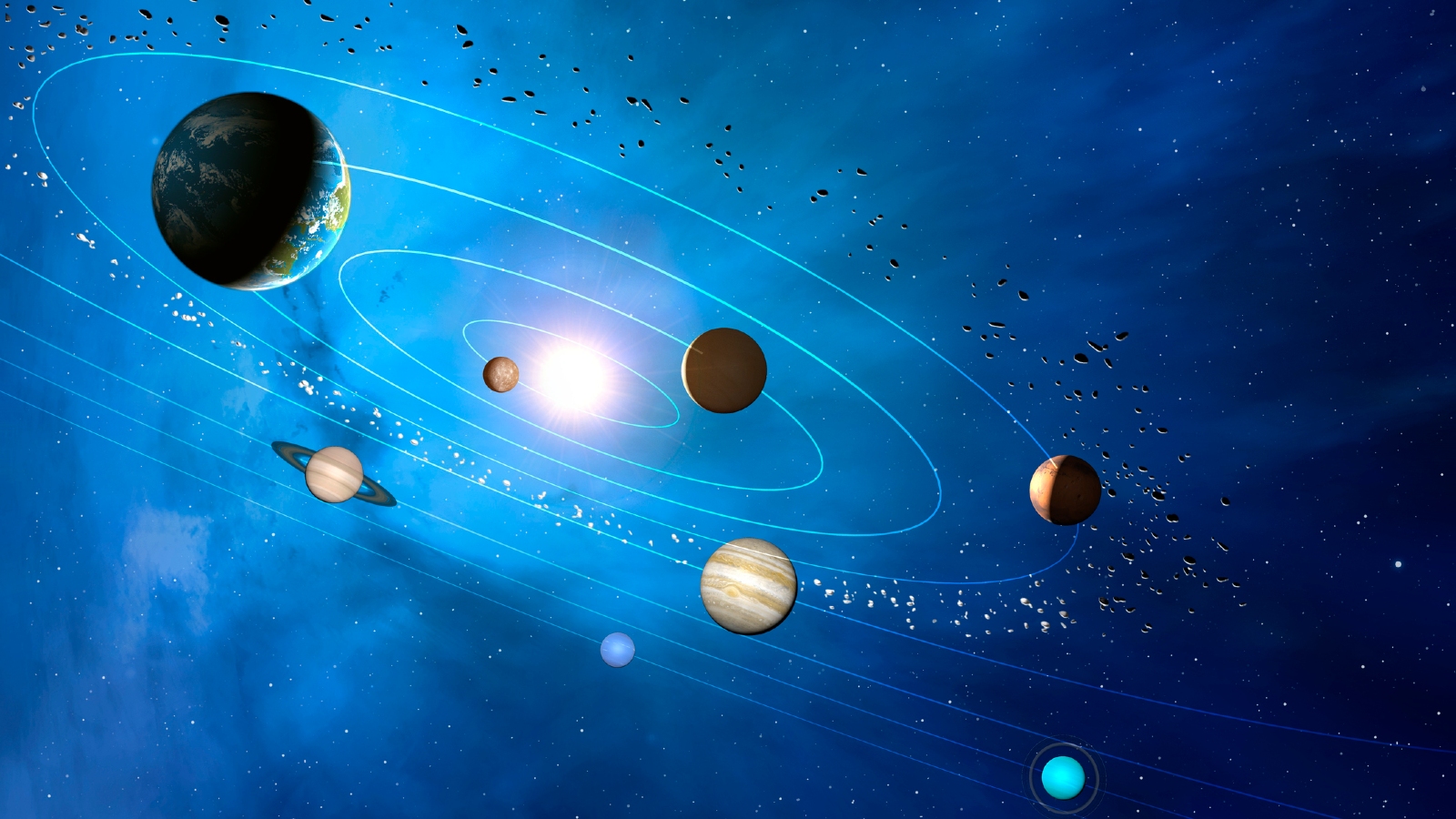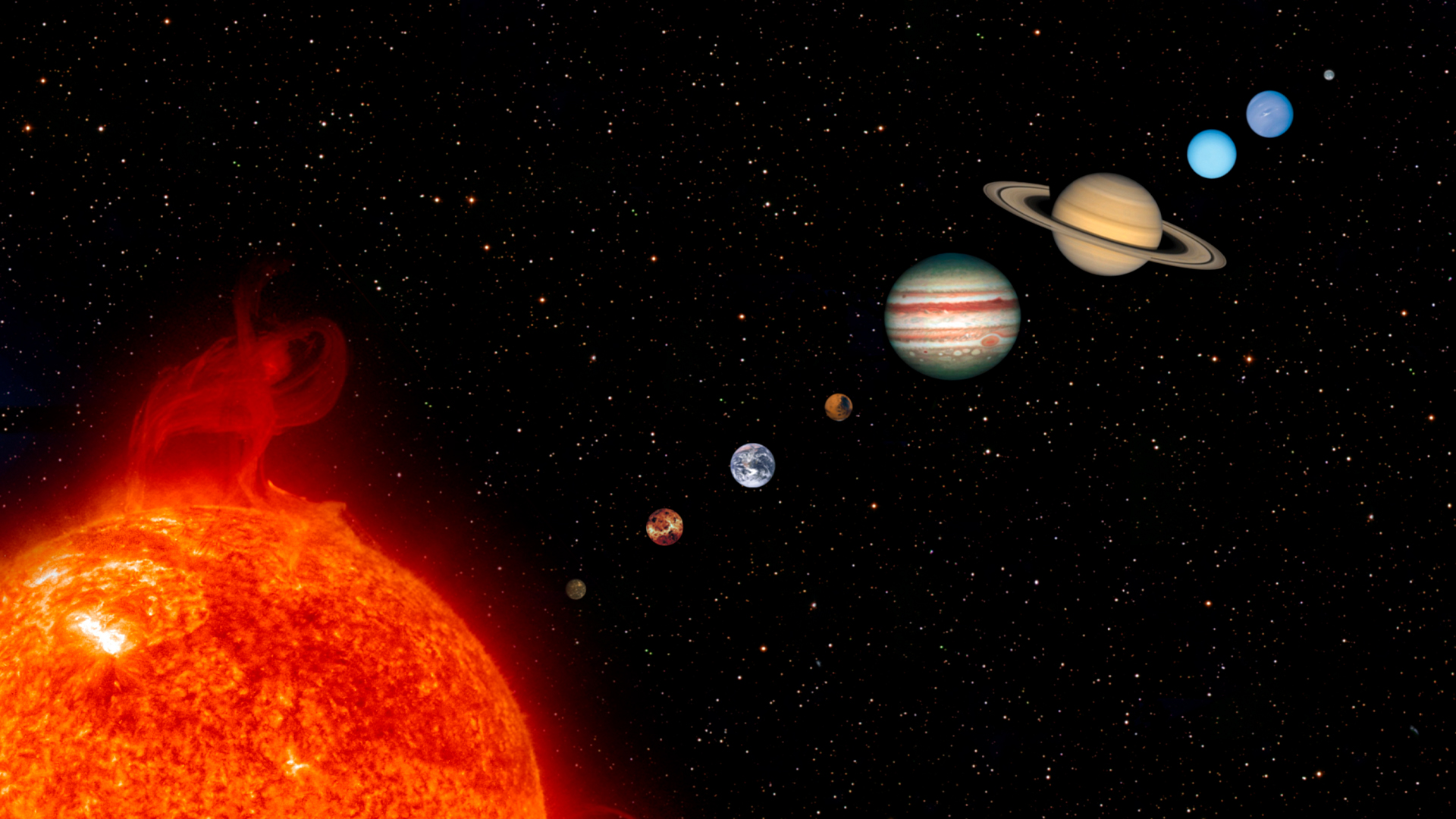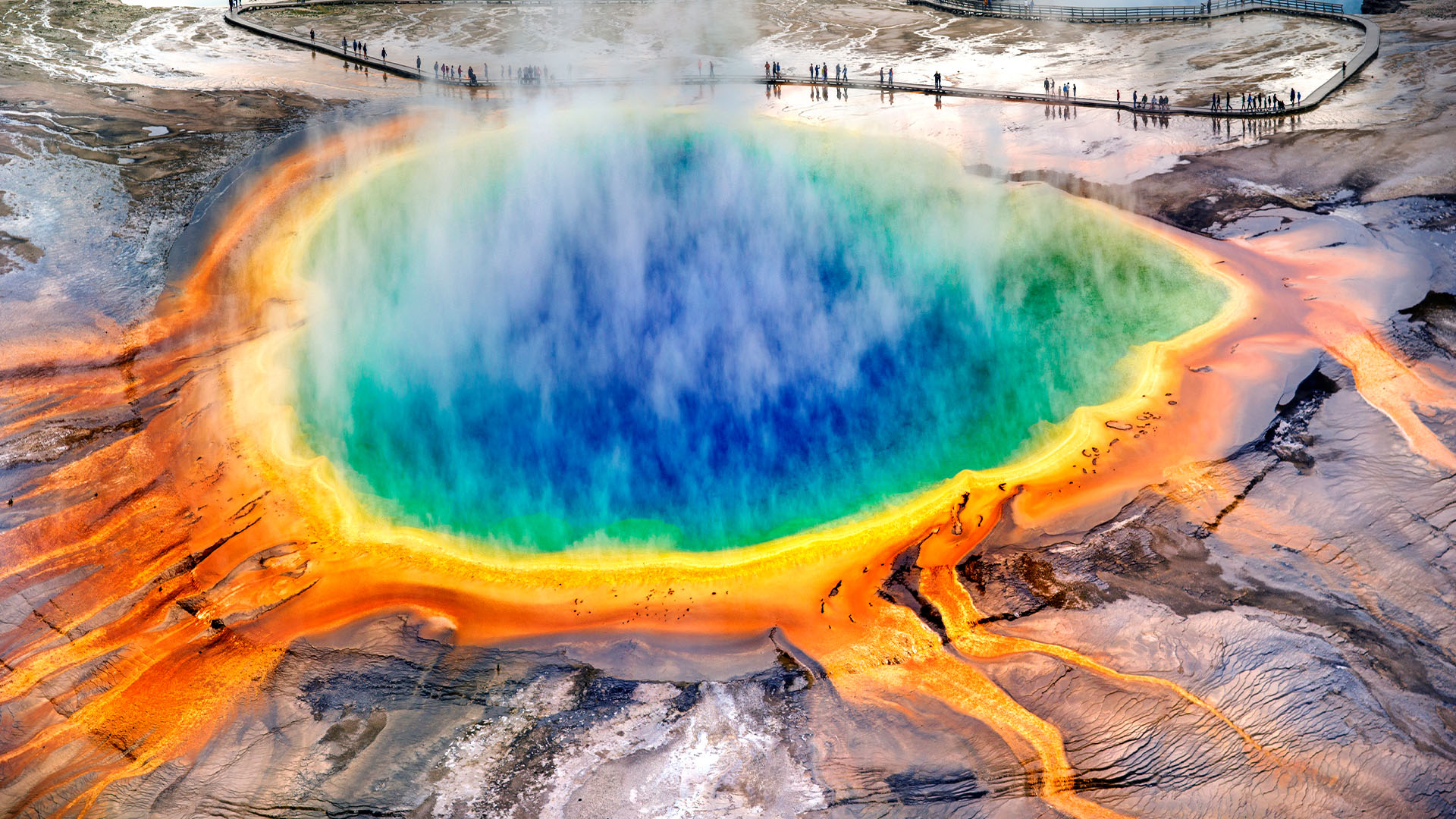Solar System
Latest about Solar System
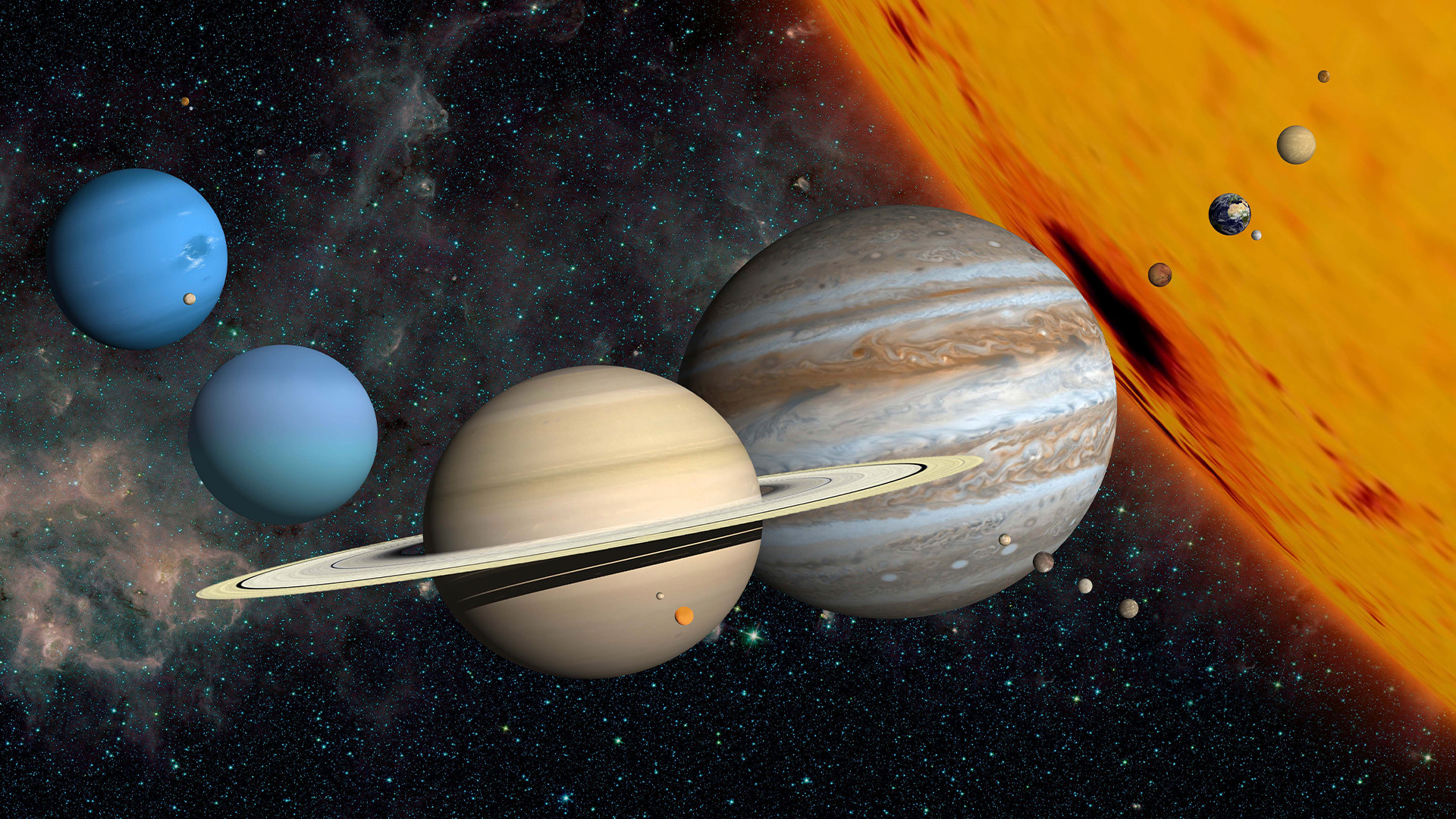
A 'parade of planets' is coming on June 3. Here's what you can actually expect to see.
By Ben Turner last updated
Six worlds will align for a "parade of planets" on June 3, although only a few of them will be visible to the naked eye. Here's what you need to know about the rare alignment.
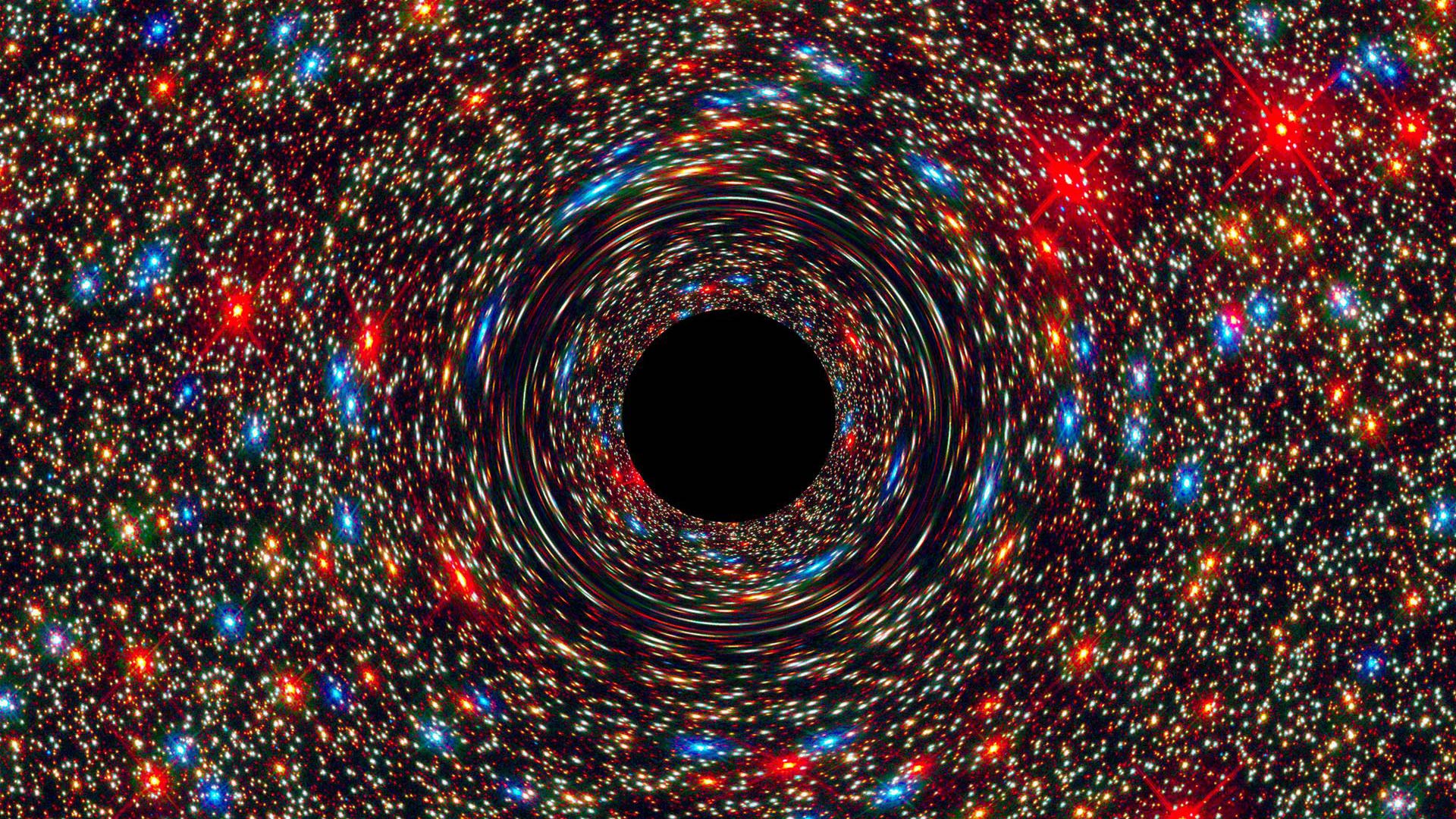
32 strange places scientists are looking for aliens
By Isobel Whitcomb published
From planets and moons in our solar system to dying stars and parallel universes, here are some of the far-out places scientists are searching for alien life.
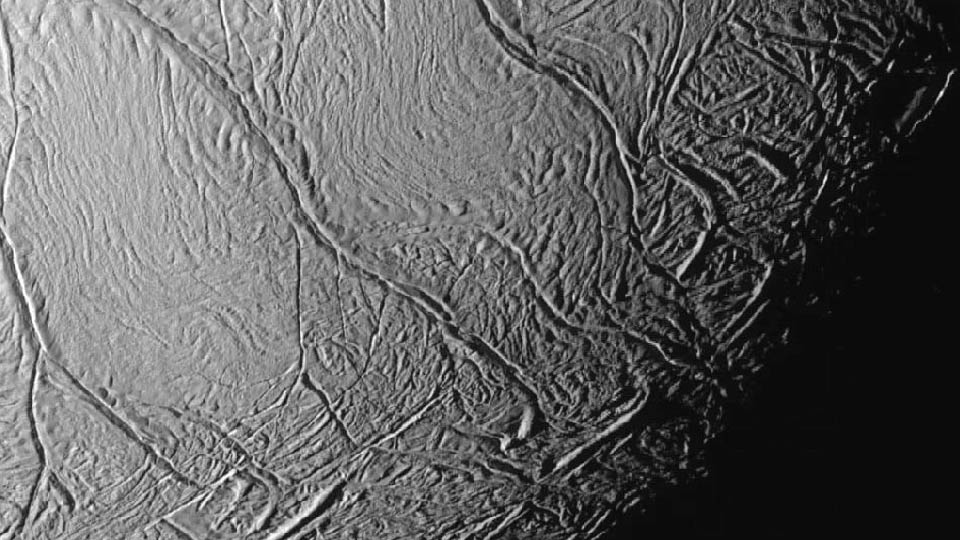
Enormous 'San Andreas fault' on Saturn's moon could help reveal signs of alien life
By Robert Lea published
Huge "tiger stripe" fault lines seen on Saturn's moon Enceladus raise hopes that a "long-lived" ocean containing potential alien life may lurk beneath the moon's icy shell.
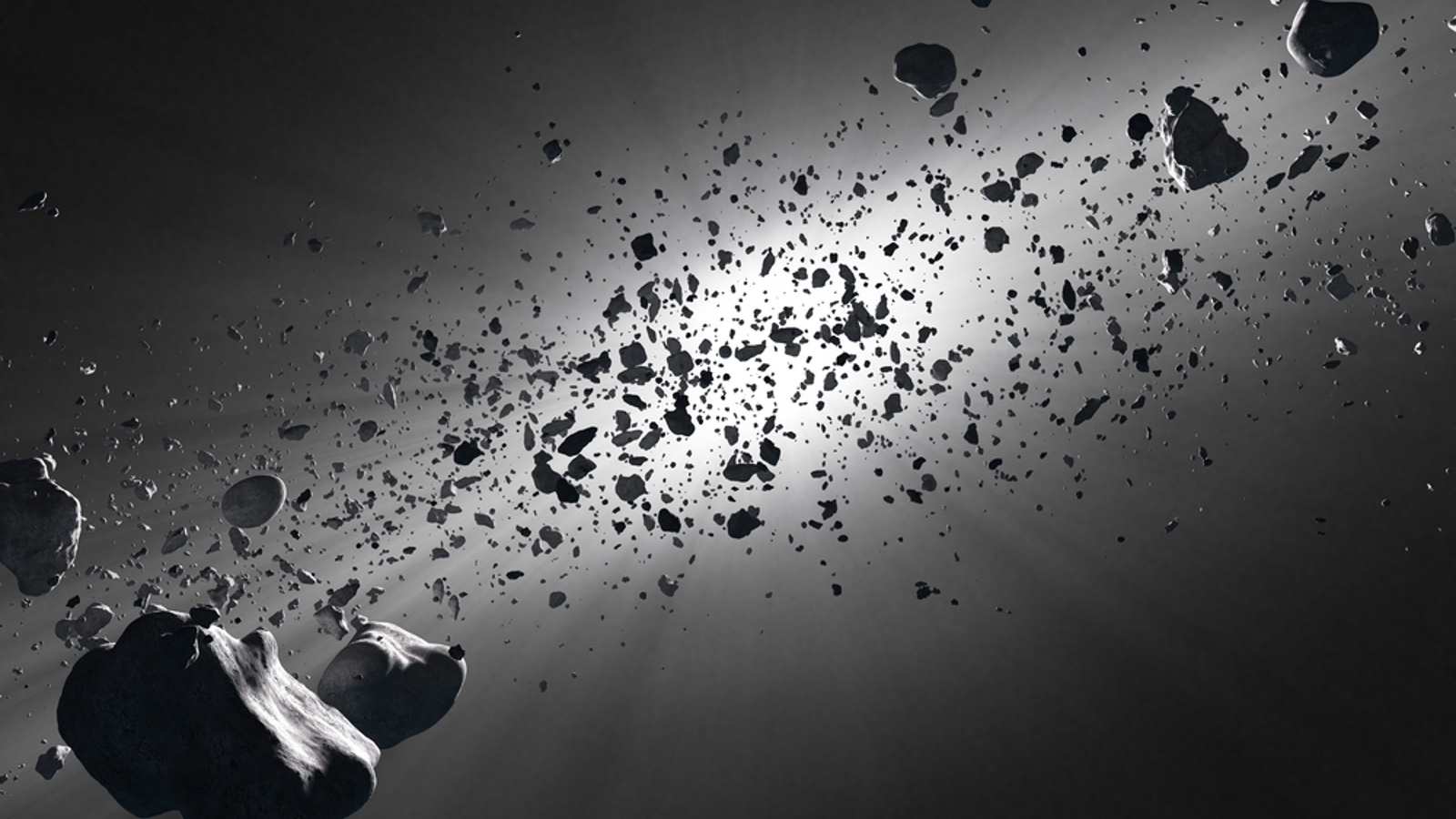
Researchers just found more than 1,000 new solar system objects hiding in plain sight
By Harry Baker published
Artificial intelligence trained by asteroid-hunting citizen scientists helped identify more than 1,000 never-before-seen solar system objects from old Hubble images spanning two decades.
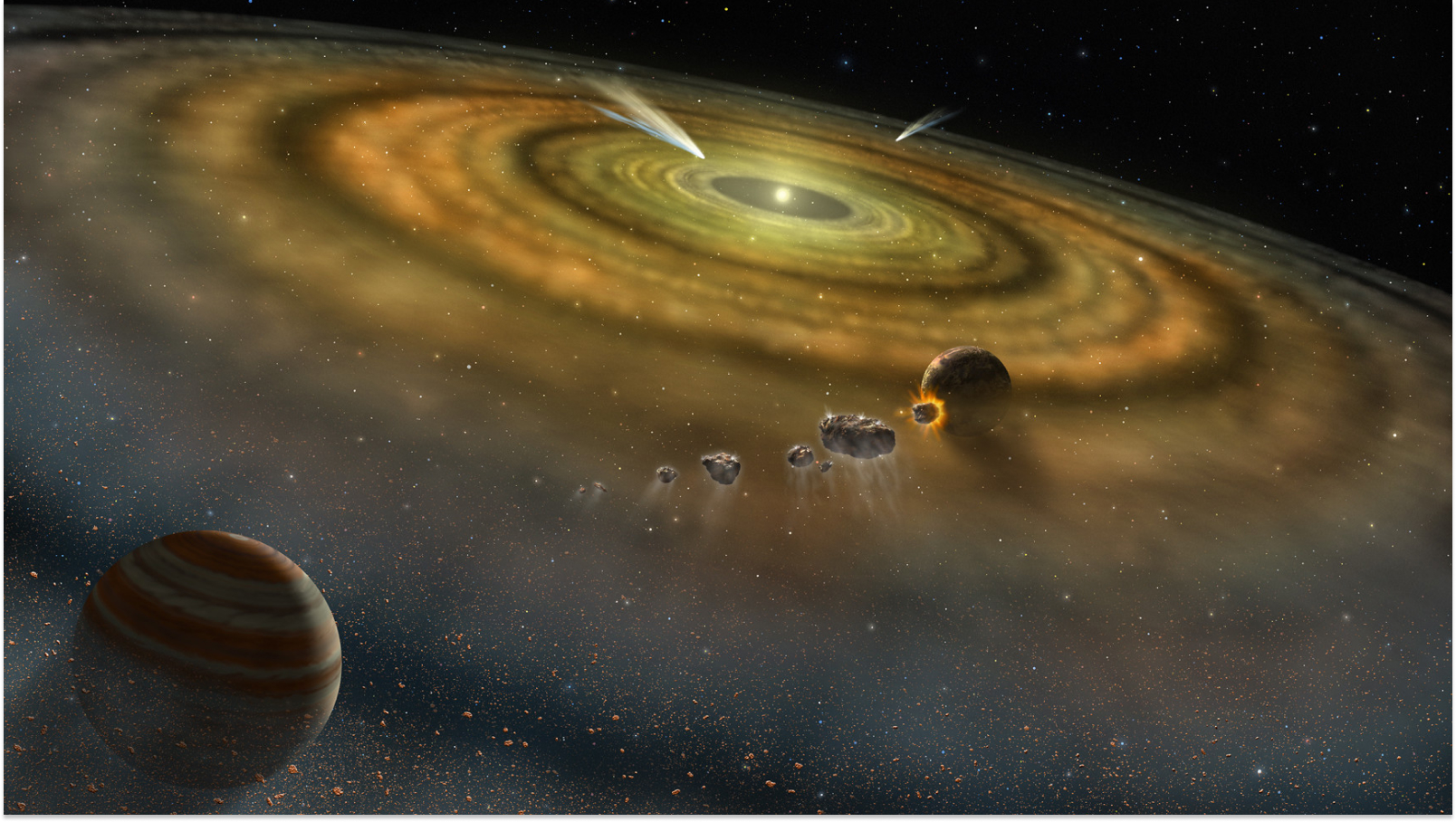
Jupiter may be the reason why Earth has a moon, new study hints
By Keith Cooper published
The great planetary instability, which saw Jupiter and the other gas giants wander chaotically through the solar system, coincides with the collision that formed Earth's moon. Could the two events be linked?
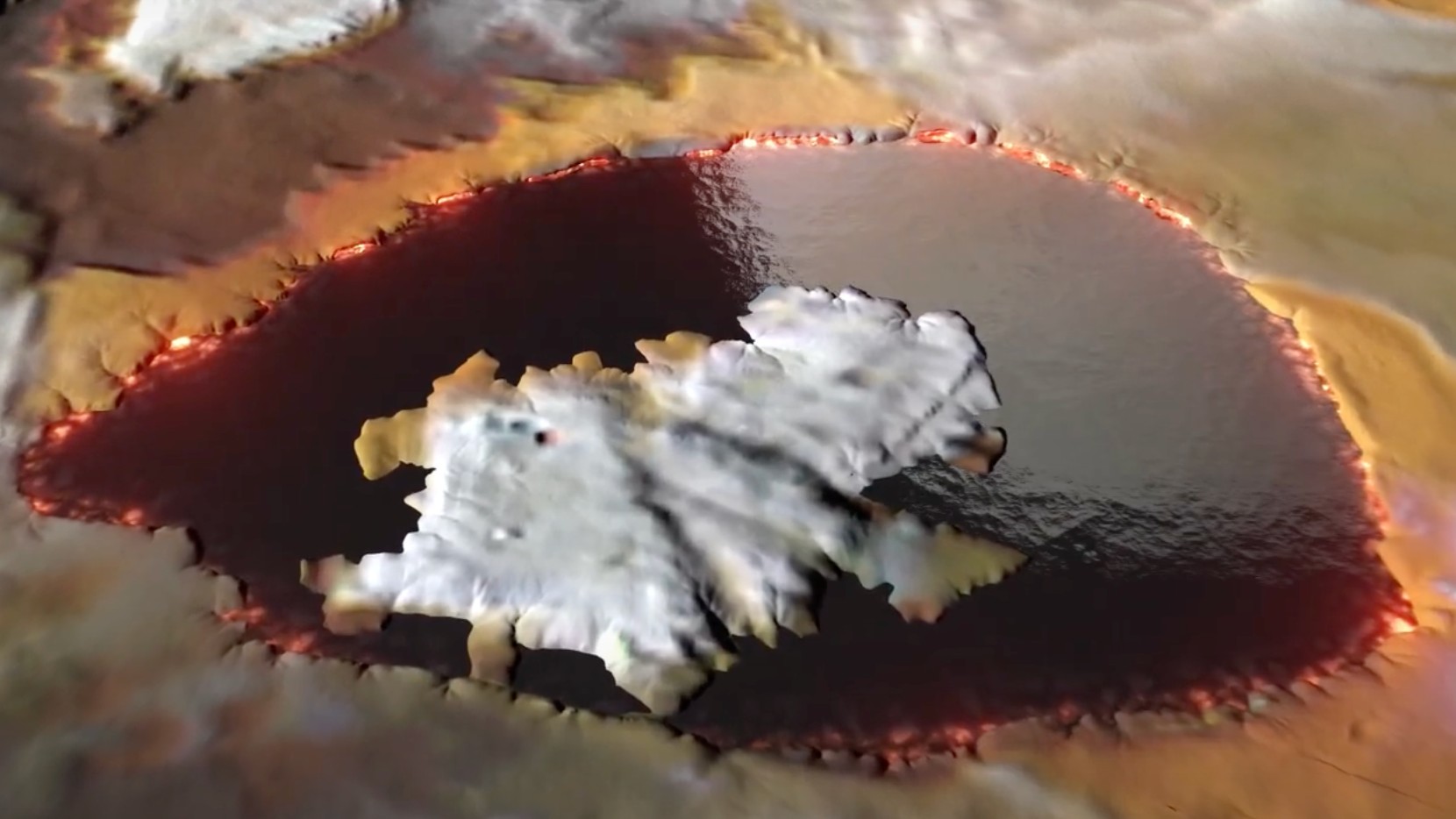
NASA reveals 'glass-smooth lake of cooling lava' on surface of Jupiter's moon Io
By Stephanie Pappas published
The volcanic surface of Jupiter's huge moon Io got a stunning close-up thanks to NASA's Juno mission.
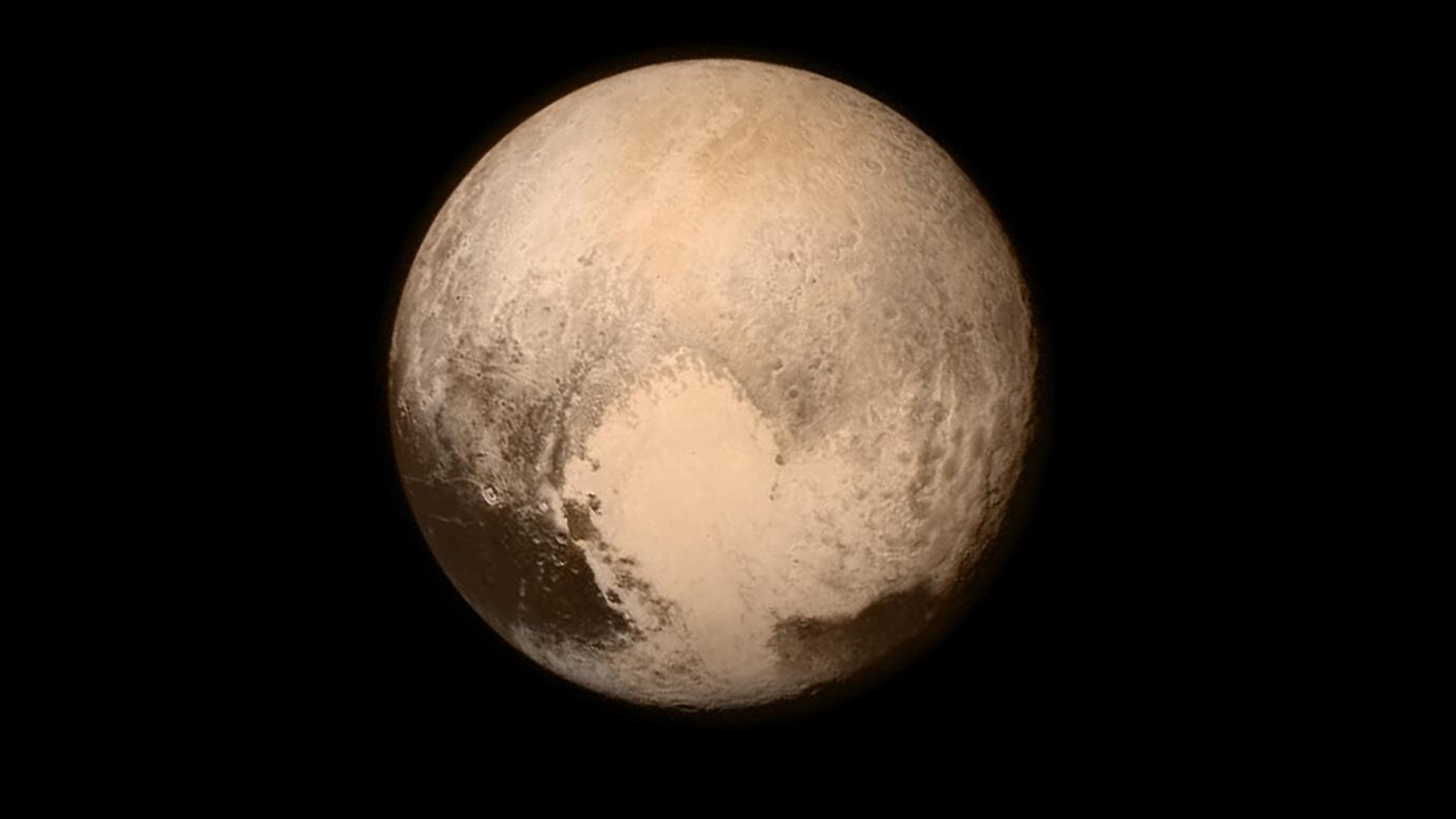
Pluto's huge white 'heart' has a surprisingly violent origin, new study suggests
By Stephanie Pappas published
Tombaugh Regio — the large, pale heart that dominates Pluto's terrain — is made of nitrogen ice that accumulated after a huge, slow-motion impact, new research suggests.
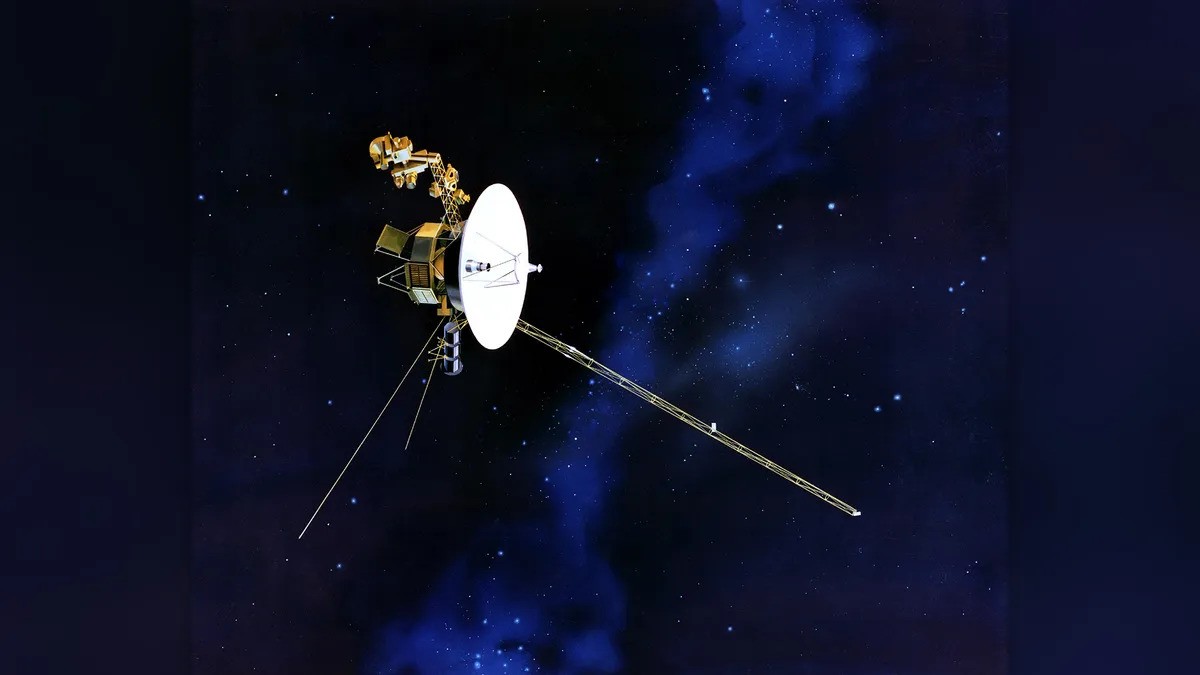
NASA engineers discover why Voyager 1 is sending a stream of gibberish from outside our solar system
By Ben Turner published
Voyager 1 has been sending a stream of garbled nonsense since November. Now NASA engineers have identified the fault and found a potential workaround.
Sign up for the Live Science daily newsletter now
Get the world’s most fascinating discoveries delivered straight to your inbox.
